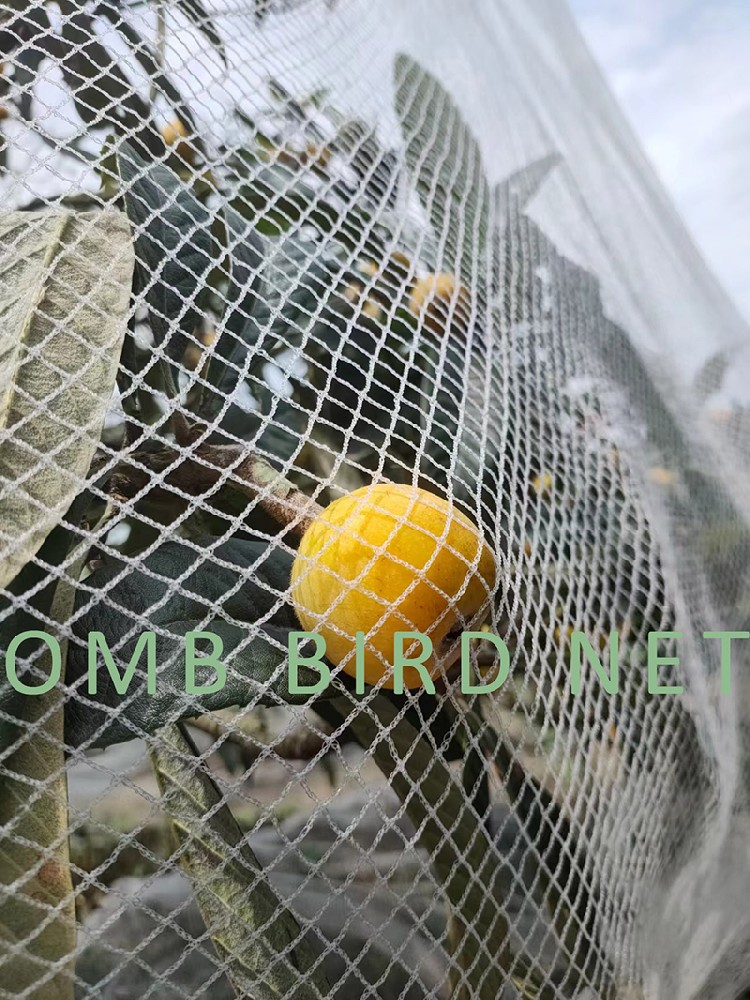
Anti-bird netting works by creating a physical barrier that prevents birds from accessing and damaging certain areas. The netting is made of lightweight and durable materials, such as polyethylene or nylon, and is designed with small mesh sizes that birds cannot pass through.
When properly installed, the netting is stretched tightly over the area to be protected, creating a barrier that birds cannot penetrate. It is important to ensure there are no gaps or openings in the netting that birds can exploit. Additionally, securing the netting firmly is crucial to prevent birds from pushing or pulling it aside.
Birds have keen eyesight and can detect the netting, which acts as a visual deterrent. They perceive the barrier and understand that they cannot access the protected area, such as crop fields or fruit orchards. As a result, the netting reduces bird damage by keeping them away from crops, fruits, or infrastructure.
Anti-bird netting is a humane bird control method as it does not harm the but simply prevents them from reaching the area. It an effective solution by deterring birds and minimizing crop losses and damage caused by their presence.
If you have any further questions, feel free to ask!
Here are some of the common bird species that anti-bird netting can help deter:
- Songbirds - Sparrows, finches, robins, chickadees. Small mesh netting is needed to block these smaller birds.
- Pigeons and doves - Their bulky bodies have difficulty navigating small netting holes.
- Gulls - Often deterred from dock areas, boats, rooftops, ponds with overhead netting.
- Crows and ravens - Smart birds, but cannot penetrate well-installed netting.
- Starlings - Known for flocking behavior, netting blocks roosting/nesting areas.
- Woodpeckers - Netting can prevent access to pecking and drumming on buildings.
- Birds of prey - Hawks, falcons, owls. Can deter swooping at backyard poultry or pets.
- Geese - Breeding/molting geese deterred from ponds, lawns using perimeter netting.
- Game birds - Pheasants, grouse. Netting protects crops and gardens from foraging.
- Sea birds - Pelicans, cormorants, gannets. Protects shorelines and fish farms.
The key is appropriate net mesh size and coverage area for the bird species. Larger mesh may be ineffective for smaller songbirds. But installed well, netting provides an excellent physical barrier from pest birds. Proper setup and maintenance is always vital.


 英语
英语 西班牙语
西班牙语













